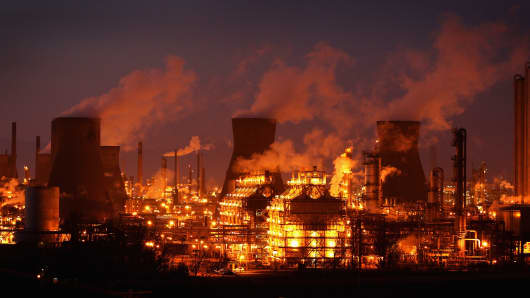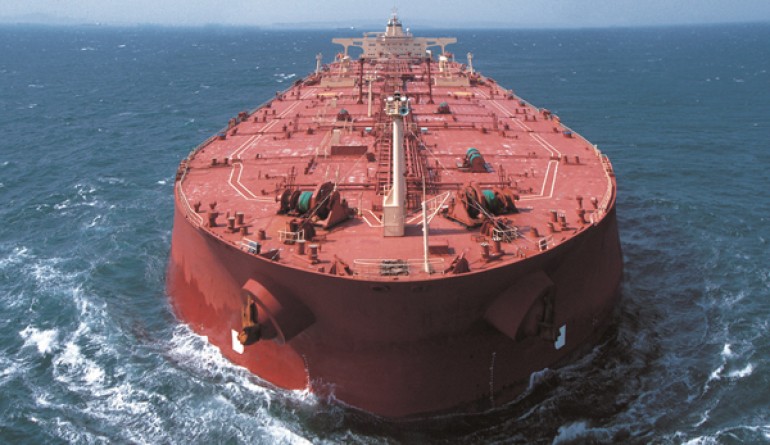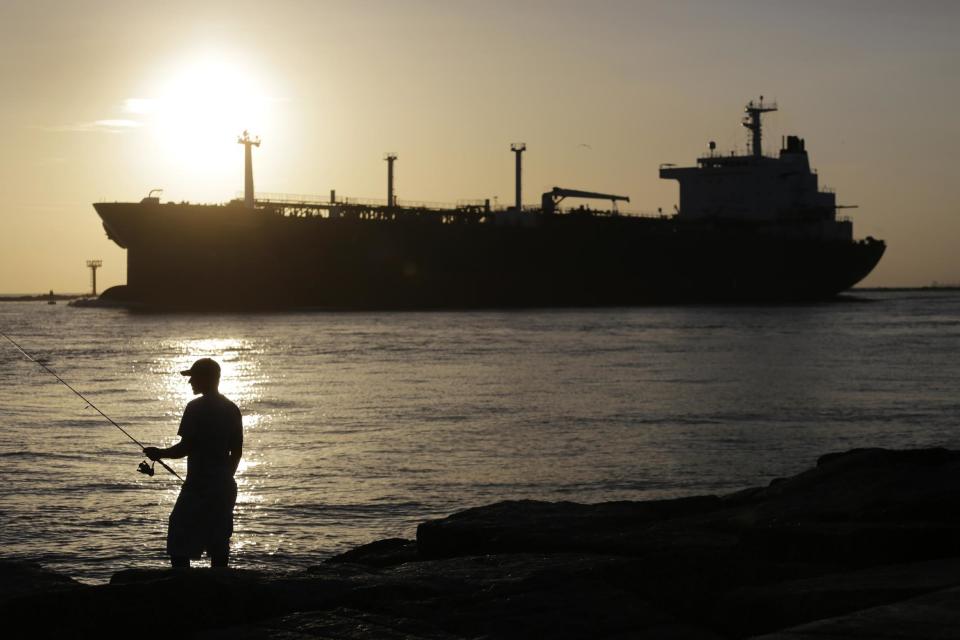
Oil prices steadied on Dec. 31 but were still headed for a second
year of steep declines after a race to pump by Middle East crude
producers and U.S. shale oil drillers created an unprecedented global
glut that may take through 2016 to clear.
Global oil benchmark
Brent and U.S. crude's West Texas Intermediate (WTI) futures were on
track finish 2015 down more than 30 percent after another year that
showed the helplessness of Saudi Arabia and others in the once-powerful
Organization of the Petroleum Exporting Countries (OPEC) to support oil
prices.
The U.S. shale industry, meanwhile, surprised the world
again with its ability to survive rock-bottom crude prices, churning out
more supply than thought, even as the selloff in oil slashed by
two-thirds the number of drilling rigs in the country from a year ago.
The
United States also took a historic move in repealing a 40-year ban on
U.S. crude exports to countries outside Canada, acknowledging the
industry's growth.
"You do have to tip your hat to the U.S. shale
industry and their ongoing ability to drive down costs and hang in
there, albeit by their fingernails," said John Kilduff, a partner at
Again Capital, an energy hedge fund in New York. Brent crude was up 30
cents at $36.76 a barrel by 10:13 a.m. EST (1513 GMT), rebounding from a
near 11-year low of $36.10 earlier in the session.
For the month,
it was down 17 percent and for the year, it fell 36 percent. In 2014,
Brent lost 48 percent. WTI rose 13 cents to $36.73 a barrel. It slid 12
percent in December and 31 percent for the year, after a 46 percent loss
in 2014. The immediate outlook for oil prices remains bleak. Goldman
Sachs has said prices as low as $20 per barrel might be necessary to
push enough production out of business and allow a rebalancing of the
market.
"We have brimming oil inventories in Europe," Bjarne
Schieldrop, chief commodity analyst at SEB in Oslo, said. "And our
predictions are that oil inventories in Asia are going to get closer to
saturation in the first quarter." Morgan Stanley said in its outlook for
next year that "headwinds (are) growing for 2016 oil." The bank cited
ongoing increases in available global supplies, despite some cuts by
U.S. shale drillers.
"The hope for a rebalancing in 2016 continues to suffer serious setbacks," the bank said.
Industry Pain
Brent
prices briefly hit a 2004 bottom below $36 this year, effectively
wiping out the gains from a decade-long commodity super-cycle sparked by
China's unprecedented energy demand boom. The downturn has caused pain
across the energy supply chain, including shippers, private oil drillers
and oil-dependent countries from Venezuela and Russia to the Middle
East.
Analysts estimate global crude production exceeds demand by
anywhere between half a million and 2 million barrels every day. This
means that even the most aggressive estimates of expected U.S.
production cuts of 500,000 bpd for 2016 would be unlikely to fully
rebalance the market.
Oil began falling in mid-2014 as surging
output from OPEC, Russia and U.S. shale producers outpaced demand. The
downturn accelerated at the end of 2014 after a Saudi-led OPEC decision
to keep production high to defend global market share rather than cut
output to support prices.
OPEC failed to agree on any production
targets at its Dec. 4 meeting in Vienna, cementing its decision to
protect market share, as the organization braces for the return of
Iranian exports to the market after the lifting of Western sanctions.
Russia
and OPEC show no signs of reining in production, leading traders to
establish record high active short positions in the market that would
profit from further crude price falls.











 Nearby Comex silver futures hit a high of $49.82 an ounce in April of 2011.
Nearby Comex silver futures hit a high of $49.82 an ounce in April of 2011. By Jim Wyckoff, contributing to Kitco News;
By Jim Wyckoff, contributing to Kitco News; 









